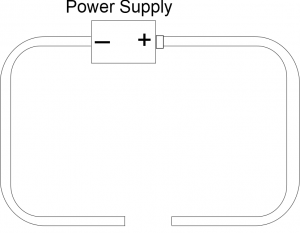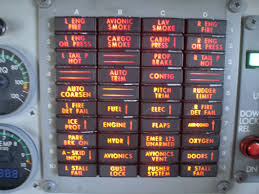Project 5
Project 5A: Maverick and JPL
Outside of the town of Lakeview work is being completed on the Artemis 13 spacecraft. Another engineering and science task force titled T.R.O.J.A.N force are working with The Jet Propulsion Laboratory (JPL) Division of NASA testing a new and highly experimental spacecraft capable of in atmosphere flight as well as outer orbit maneuvering (Artemis 13). Lieutenant Pete “Maverick” Mitchell has been testing the new spacecraft now for a few weeks, and has had continuous issues with the warning light for power delivery failure to the stabilizers on the wings.

Maverick is convinced that the time between when the problem happens and when the warning light comes on is way too long, and this delay in relaying the warning to him could lead to a very problematic incident in the future. He does not want to lose another co-pilot like Goose. You have been given the task of explaining to Maverick why this could not be the case, and your boss, Clint Howard, has given you the following circuit diagram to try and aid you in your explanation to Maverick. The circuit diagram at this time does not include the warning light.
Maverick likes numbers, so part of your explanation should also include a calculation of the amount of time it takes the light to come on when the length of the wire in the circuit between the stabilizer control module switch and the warning light in the cockpit is 5.2$m$ distance. He should also understand what the electric field looks like in this circuit, and why it means that his original presumptions about the warning light “taking too long” cannot be correct. You should also correct this circuit diagram to include the warning light so that your boss has a more accurate circuit diagram to show people.
Learning Goals
- Explain what happens to the surface charges and electric field in a circuit when wires are initially connected.
- Explain why current starts to flow almost instantaneously (or rather why a lightbulb turns on immediately after to flip the switch).
- Explain why a lightbulb would not turn on if it were only connected to the positive end of the battery.
- Explain the role of the battery in lighting up the lightbulb.
Project 5B: Lightbulbs'R'Us and JPL
Continuing T.R.O.J.A.N forces collaboration with the Jet Propulsion Laboratory (JPL) Division of NASA, you and your team are working with a group of electrical engineers at Lightbulbs'R'Us. Given the problems that Lieutenant Pete “Maverick” Mitchell has been having with the warning lights, the Jet Propulsion Laboratory (JPL) Division of NASA has placed a large order for a new set of warning lights for their power delivery system. They have told you that a current of 2.5 A down the carrier wire should turn on the warning light. Unfortunately, due to JPL's time schedule, you do not have time to order LED bulbs and must construct the lightbulbs the old fashion way using a filament (very thin piece of wire, diameter = 0.1 mm) connected to the carrier wire (normal electrical wire, diameter = 1.63 mm). You happen to have the following metals in the warehouse, with known electron densities and electron mobilities. Which metals do you want to use for the carrier wire and for the filament? JPL would also be interested in knowing what kind of battery would be needed to power the lightbulbs and the electric field from the surface charges on your wires to make sure it doesn't interfere with their other equipment.
Learning Goals:
- Use the ideas of energy conservation and charge conservation to analyze a circuit.
- Compare quantities like current, electric field, potential difference, and power for the thin and thick parts of the wire.
- Explain what is resistivity/conductivity and how it relates to resistance.
- Explain how current, voltage, and resistance are related and how you used these ideas in your solution.

